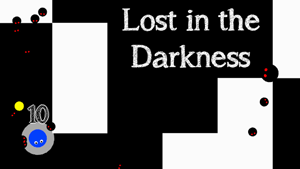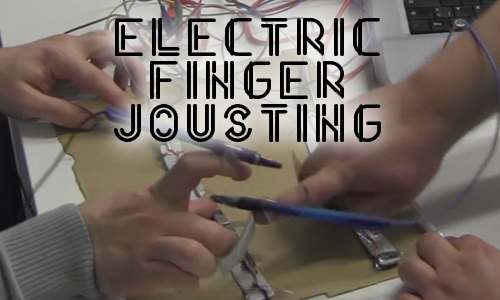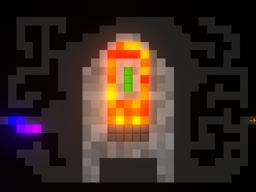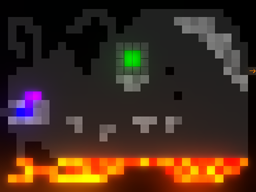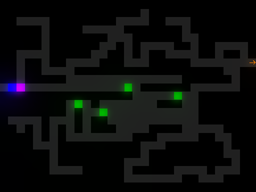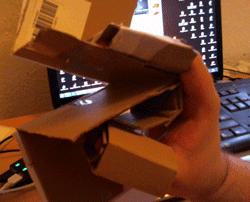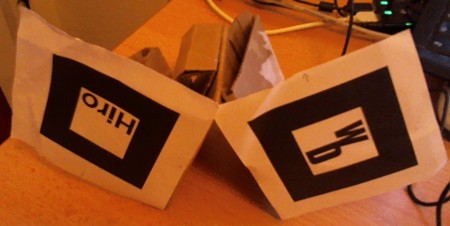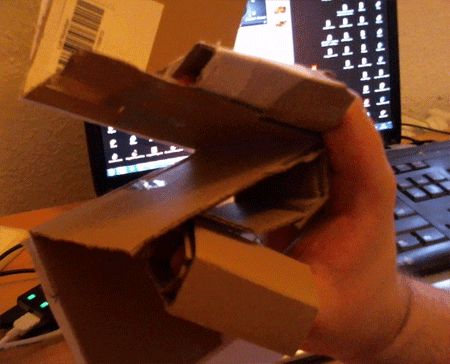I’m currently in the process of posting all the games and prototypes that I made years ago and never published. This post (and the next one) are special though – because the games were published, just not by me. I made those games for other companies.
The first one is Beer Pong HD for Android. Back in the days when I worked in the Netherlands as part of my studies, I made its first version (further on, other developers expanded it) with Unity for Codeglue.
It seems the original promo video is not available anymore. Here is the best video that I found (made by Androida.it). I suggest you jump to 4:16 for gameplay:
What is still available is the video how the AI finds out which ball throws end up inside a cup. I didn’t just want to calculate how to hit the middle of the cup because that might look too artificial, but I still wanted to be able to predict whether a throw hits, even if multiple jumps on the table or cup’s edges are involved. Here is a video of the AI “training” and finding out which throws hit:
(And the best part is that it takes some time and is automatic. Time for a cup of coffee – or an office sword fight. I like being a programmer.)
